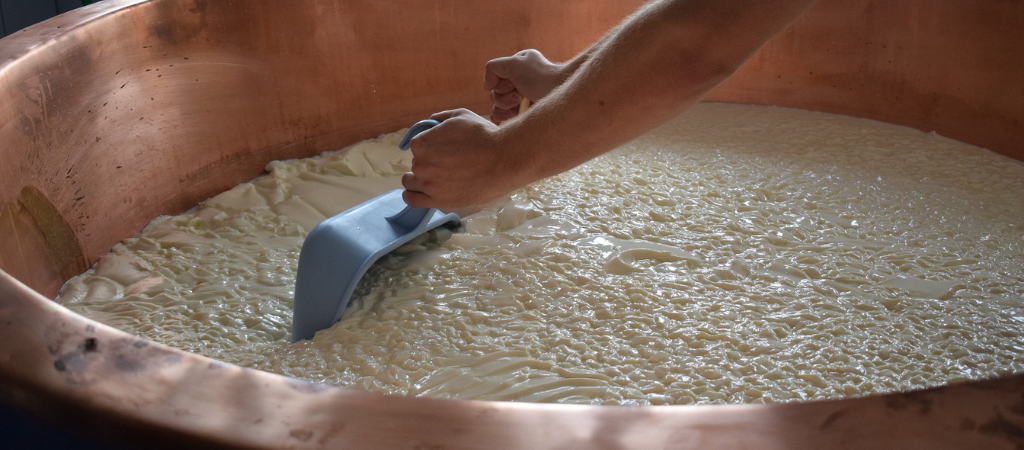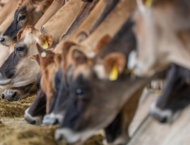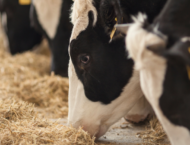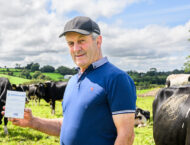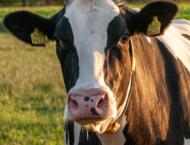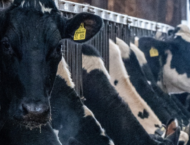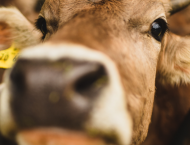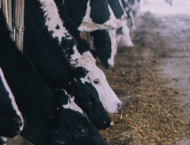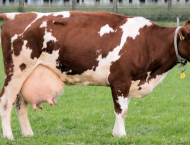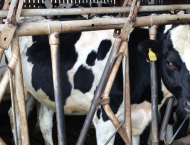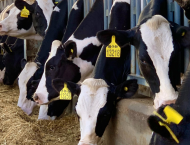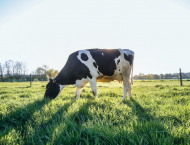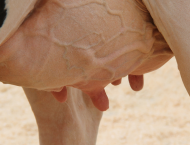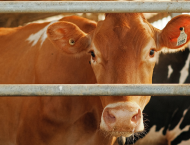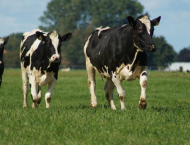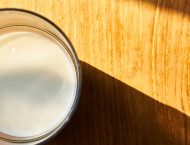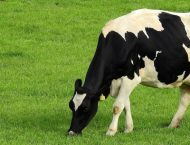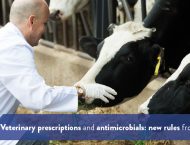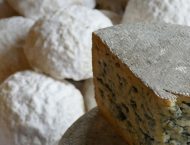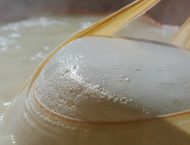Somatic cell count (SCC) is an extremenly useful indicator for dairy herd management. It bears a wide range of information on the health status of the herd, and, when determined in individual cows, it tells a lot about udder health status.
Monitoring SCC during each lactation at cow and herd level is a fundamental step to take on any dairy farm.
Recently, mastitis diagnosis has been further improved by differential somatic cell count (DSCC). It gives an accurate feedback on the health status of each animal, better addressing therapy decision for a more prudent use of antibiotics.
If we aim at identifying the inflammation status of the mammary gland, SCC is a valid quantitative indicator. However, it does not provide details on how each type of cell population [polymorphonuclear leukocytes (PMN), lymphocytes, and macrophages] is distributed. Getting information on this distribution is substantial since it reflects the extent of the inflammatory response in the cow.
And this is a good story to tell in the next weeks.
Moreover, there is scientific evidence1 also suggests that different proportions of these cell populations, in specific SCC ranges, potentially modify the final characteristics of dairy products. They can also influence different species of environmental microorganisms, such as Clostridia, that are known for their ability to create defects in dairy products.
Stocco and colleagues (2020)1 investigated the impact of different levels of DSCC on milk components (fat, protein, casein, casein index, lactose), and explored the combined effect of DSCC and SCS on these traits. This is the first study to go deep into these aspects from individual milk samples.
The results achieved showed the association between modifications in milk composition with different levels of DSCC.
One key aspect is that DSCCs were divided into different classes on the basis of a threshold set up to identify mastitis: this allowed to discriminate the specific interval in which milk composition changes.
Early DSCC rises affected fat and lactose particularly, and this was true across DSCC levels. At very high DSCC values, protein and casein dramatically decreased, while casein index was affected when DSCC was combined with low or high somatic cell score (SCS). Moreover, a positive association between DSCC and lactose was identified. Lactose, as casein index, varied upon high and low SCS and according to DSCC classes.
Thus, the interaction between SCS and DSCC provides an additional benefit: either alone or in combination with SCC, DSCC could be used to monitor milk quality along the dairy supply chain, as a strategic tool for antimicrobial reduction on dairy farms and at processor level to assess the economic value of milk.
1Stocco, Summer, Cipolat-Gotet, Zanini, Vairani, Dadousis, Zecconi, 2020. Differential Somatic Cell Count as a Novel Indicator of Milk Quality in Dairy Cows. Animals 2020, 10, 753; doi: 10.3390/ani10050753
2Somatic cell count: to what extent does it affect the dairy sector profitability?
https://www.ozolea.it/somatic-cell-count-to-what-extent-does-it-affect-the-dairy-sector-profitability/

